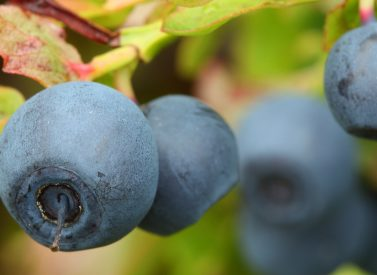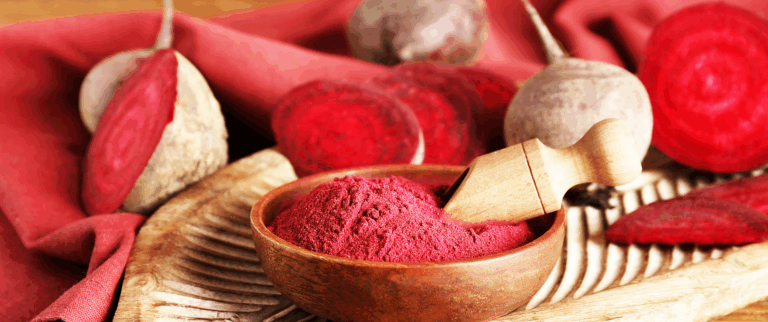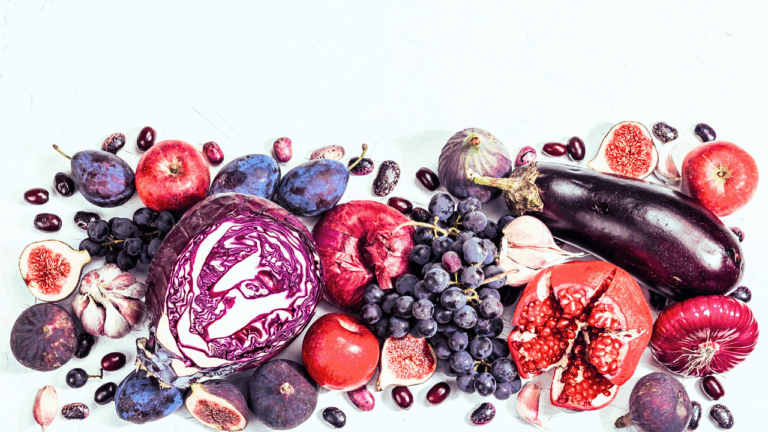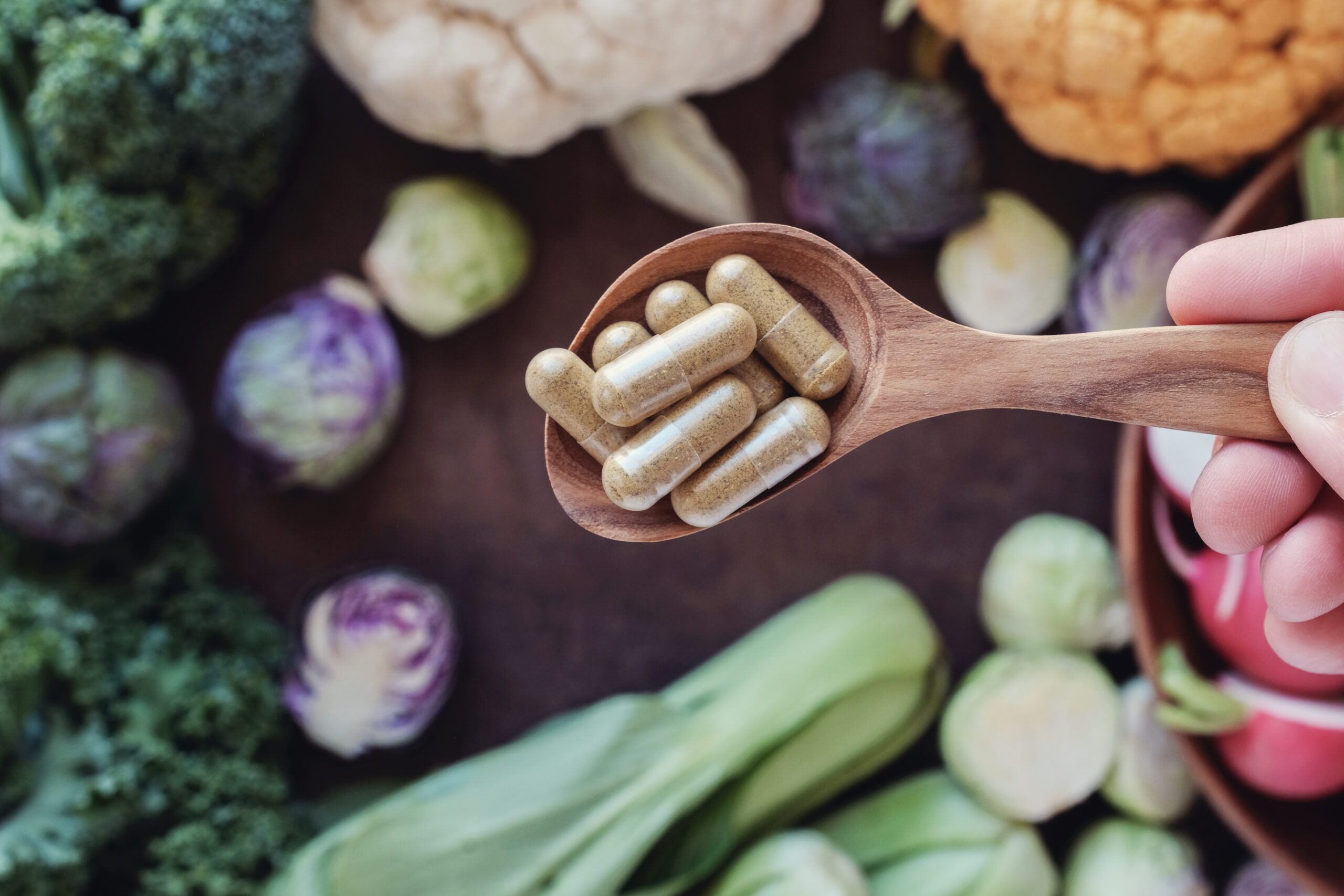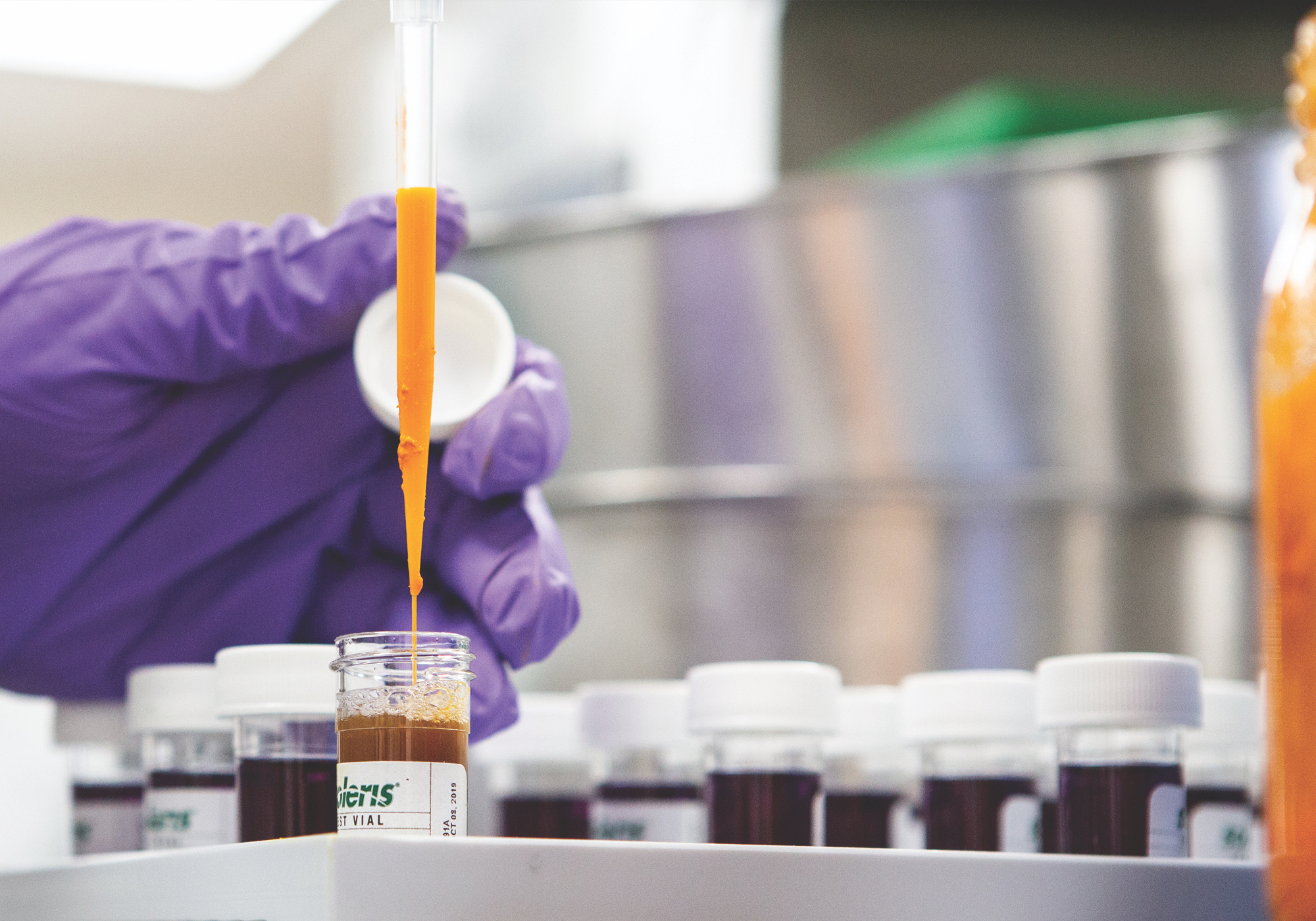Scientific name:Vaccinium myrtillus
Constituents:
- Anthocyanins/anthocyanosides (pelargonidin & cyanidin-3-glucoside)
- Flavonoids
- Tannins & polyphenols (catechin & epicatechin)
- Nutrients (Vitamin B1, C, beta carotene)
- Pectin
Medicinal actions:
- Anti-carcinogenic
- Anti-inflammatory
- Anti-microbial
- Antioxidant
- Astringent
- Diuretic
- Hypoglycemic
- Vascular Tonic
Mechanism of Action & Pharmacology:
- Anthocyanidins are blue pigments structurally related to flavonoids and are responsible for the colour of the ripe fruit, and over 15 different anthocyanosides originate from the five different anthocyanidins found in Bilberry.
- Anthocyanins improve functional disturbances of the microvasculature (capillaries) and are potentially more effective in protecting damaged capillaries than flavonoids. Extract in vivo reduced microvascular impairments due to ischemia-reperfusion injury, resulting in preservation of endothelium, attenuation of leukocyte adhesion and improvement of capillary perfusion.
- Anthocyanins have demonstrated in vitro antioxidant activity in a number of models, including scavenging of superoxide anions and inhibition of lipid peroxidation.
- Anthocyanins have demonstrated collagen-stabilizing activity in vitro, and an ability to protect collagen against non-enzymatic proteolytic activity and therefore may protect collagen from degradation during inflammatory processes.
- Bioflavonoids and extracts of anthocyanosides have been shown to relax vascular smooth muscles in experimental models, possibly via stimulation of prostaglandins, and it has been hypothesized that such smooth muscle-relaxing effects might improve the symptoms of dysmenorrhea.
- Tannins produce astringent effects.
Pharmacy:
- Fresh berries
- Decoction (leaves or berries)
- Tincture
- Capsules
Safety & Toxicity Concerns:
- Theoretically may cause hypotension, changes in blood sugar and GIT disturbance (e.g. heartburn, nausea, diarrhea).
- Use caution in hemorrhagic disorders, hypotension & hypoglycemia.
Interactions:
- May interact with anti-diabetic agents & anti-hypertensives.
- Potential additive effects with anti-coagulant medications.
- Note: When combined with vitamin C (600 mg/day of Bilberry anthocyanins were found to reduce retinal hemorrhage without impairing coagulation in patients taking anticoagulant drugs).
